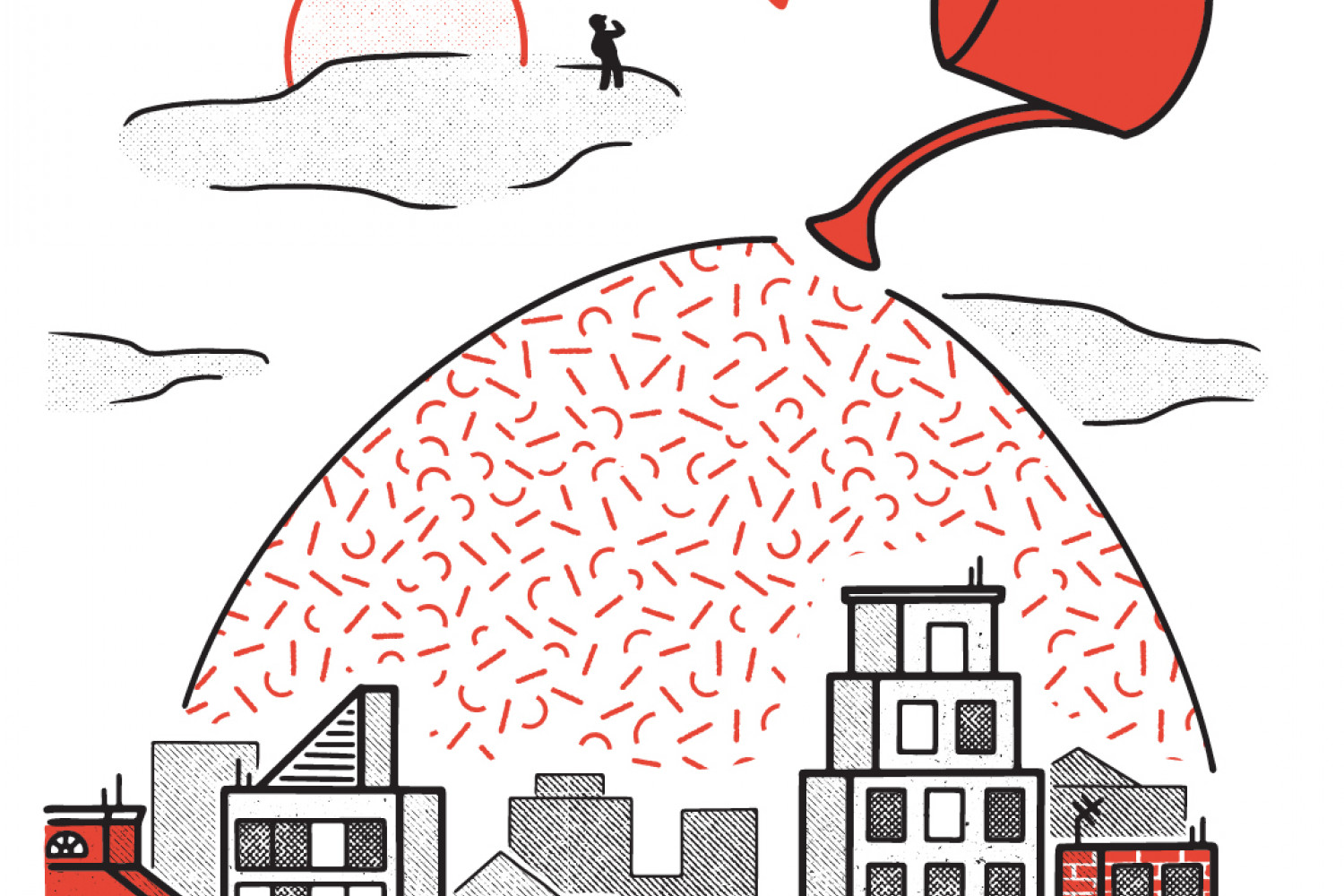
Extending art’s reach from the 5% of the population that is made up of the artworld to the other 95% of the population by injecting art into the every day is Art Pharmacy’s mission.
The commercial art world can be very competitive and secretive. Some people believe they benefit from creating an air of mystery or tribalism around their work. There is nothing to be gained by participating in an environment that is exclusive rather than inclusive.
The art industry can be hard to navigate for the uninitiated. It is not well defined and it can be difficult to identify standard practices. I reject the elitism and exclusion that is sometimes associated with the art world. Art institutions and galleries are a valuable part of the art ecosystem, but they certainly aren’t the whole story. I think about this in terms of the 5% to the 95% principal. Bringing the art that is usually exclusively consumed by the art world (the 5%) and injecting it into the everyday lives of the 95%. Making the 95% feel comfortable, passionate and excited about art is what Art Pharmacy strives for.
Many people feel trepidation about working with artists. My clients and the artists I work with benefit from my belief that art is for everyone – from any background and with any level of understanding about it. Whoever my client is, whether they are an engineer on an infrastructure project, a council cultural worker, or a CEO, I truly believe they can gain something positive from working with artists. I love helping my clients to see why supporting an artist is important to the artist’s career and to the community that will enjoy the artwork.
It has taken me years to build up the expertise to work with the range of people that I do. Today I am an ambassador for the creative community in many ways, and I have helped many people to discover a passion for art.
I regularly speak to clients who say they don’t know where to start with a creative project, or who have started and become stuck. I have the expertise and experience to empower individuals by showing them how easy it can be to engage with the creative economy. I work with them to bring some certainty and confidence to the process of commissioning art. To people who are already passionate about the work of artists, I give them the tools and knowledge they need to expand their sphere of influence.
After many years of tough lessons, I now have clear project-management processes established. With these processes, I can take decision-makers on a journey – mitigating the risk of internal dissatisfaction and expensive mistakes and creating opportunities for learning and recalibration along the way.
With staged consultations, for example, we can prevent an ugly but common scene. That is, when you put the artwork concept down in front of your decision-makers and they say, ‘I don’t like it’ or ‘I don’t get it’, and nobody feels consulted. A clear and well-structured process is more likely to lead to a constructive, elevating discussion about whether the concept meets the brief and will be able to achieve the desired outcomes. This is how people learn to talk about art and gain confidence and ‘art fluency’. It’s also the best way to arrive at the most appropriate and original artwork for the project.
An interest in art is a passion that will aid, follow and grow with you your whole life. Throughout our lives, we all have more to learn, no matter how much art knowledge we have, and everyone can take part in this learning process.
This is an edited excerpt from Making Art Matter by Emilya Colliver, Art Pharmacy.
Making Art Matter builds a bridge between artists and organisations, governments and the corporate world. It will help you to bring art into your life, workplace and suburb. It offers insights into the art world and how artists work, what motivates them and the practicalities of what they do.


